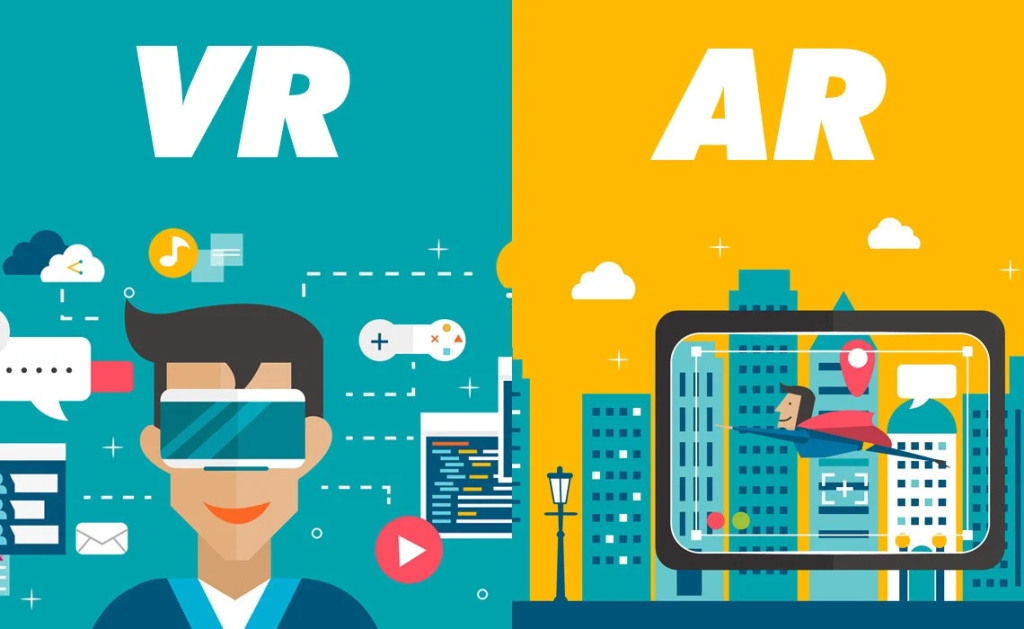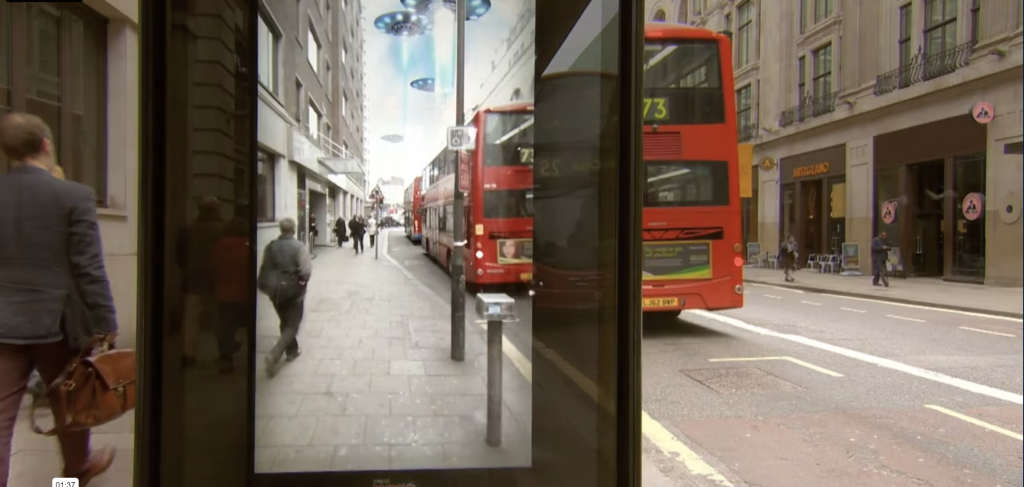
Do you know what Augmented Reality (AR) and Virtual Reality (VR) are? If not, it’s time to find out how these technologies are transforming marketing. AR and VR are redefining the way brands connect with their consumers by offering immersive, personalized experiences. From apps that let you view furniture in your home to virtual store tours, these technologies create new opportunities for meaningful interactions.
The adoption of AR and VR in marketing goes beyond entertainment. These technologies allow brands to tell stories in more engaging and interactive ways. Additionally, the ability to collect and analyze interaction data in real time offers valuable insights to fine-tune marketing strategies. With the advancement of technology, the tendency is for the use of AR and VR to become even more prevalent, bringing a new paradigm of innovation in marketing.
Understanding VR and AR in Marketing
VR and AR are no longer just buzzwords in the tech world. They are powerful tools in the marketer’s arsenal, providing innovative ways to engage with audiences. But what exactly are they?
Virtual Reality (VR): This technology immerses users in a fully digital environment. By wearing VR headsets, users can experience a completely different world, crafted meticulously by developers. This could be a fantasy land, a distant city, or even a virtual store.
Augmented Reality (AR): Unlike VR, AR overlays digital content onto the real world. Using smartphones or AR glasses, users can see digital elements like graphics, text, or animations seamlessly integrated with their physical surroundings.
Why Use VR and AR in Marketing?
The adoption of VR and AR in marketing offers multiple benefits:
- Enhanced Engagement: These technologies provide an interactive experience, making it easier to capture and retain customer attention.
- Immersive Storytelling: VR and AR allow brands to tell stories in a more compelling and immersive manner.
- Personalization: Marketers can create tailored experiences, increasing the relevance and impact of their campaigns.
- Data Collection: These technologies can track user interactions, providing valuable insights for further marketing strategies.
Relatable Examples of VR and AR Marketing
IKEA Place App

IKEA’s AR app, “IKEA Place,” allows customers to visualize how furniture would look and fit in their homes before making a purchase. By simply pointing their smartphone cameras at a room, users can place virtual furniture in real-time, making the shopping experience both fun and practical.
Nike’s VR Store Experience

Nike has leveraged VR to offer virtual store tours. Customers can explore different sections of the store, view products in 3D, and even see how different shoes look on their feet. This immersive experience is particularly valuable for those unable to visit physical stores.
Pepsi’s AR Bus Shelter Campaign

Pepsi created an unforgettable AR experience at a bus shelter in London. By integrating AR technology with the shelter’s glass walls, they made it appear as if flying saucers, tigers, and robots were interacting with the real world outside. This campaign garnered significant attention and was widely shared on social media.
The Future of VR and AR in Marketing
What does the future hold for VR and AR in marketing? As technology advances, these tools will become even more sophisticated and accessible. Here’s what we can expect:
- Greater Accessibility: As VR and AR devices become more affordable, more brands will be able to incorporate these technologies into their marketing strategies.
- Enhanced Personalizati2on: The integration of AI with VR and AR will allow for even more personalized marketing experiences.
- Seamless Integration: Future advancements will likely enable smoother integration of VR and AR with other technologies like 5G and IoT.
Keep an eye on today’s future.
VR and AR are transforming the marketing landscape, offering innovative ways to engage with consumers and tell compelling stories. By integrating these technologies into your marketing strategy, you can provide immersive, personalized experiences that captivate your audience and drive brand loyalty.
Thank you for reading our post until the end. We hope you found this information helpful and inspiring. Keep experimenting with these technologies to discover their full potential in enhancing your brand’s engagement. For more articles related to the topic, take a look at our blog!




